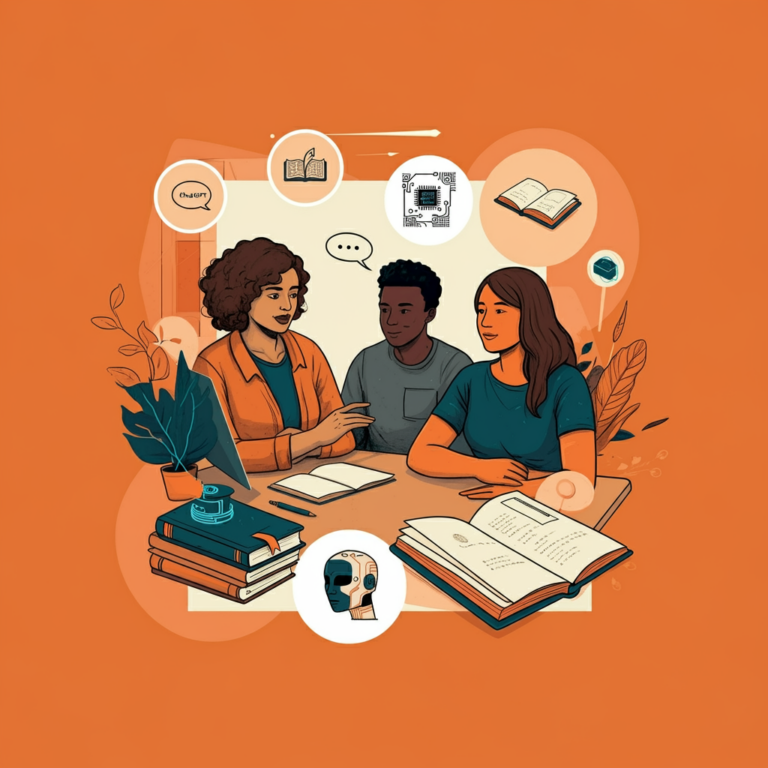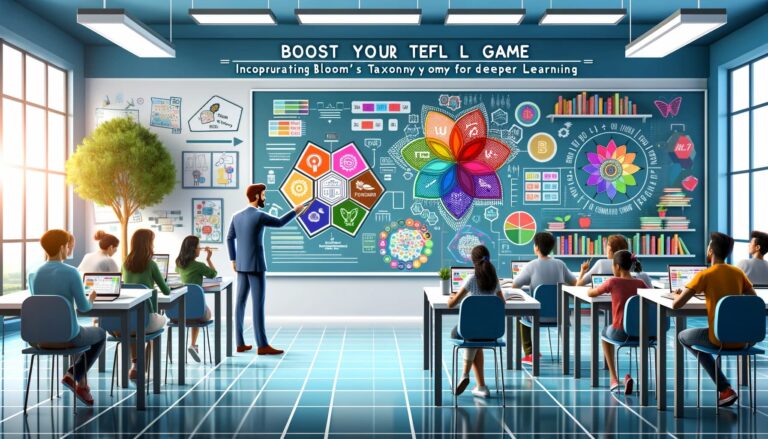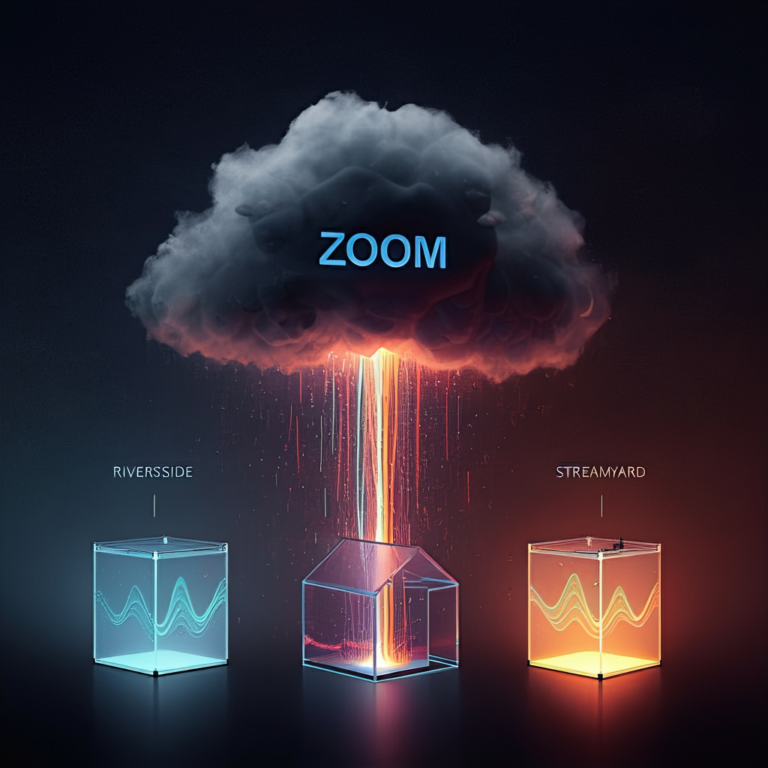Design for How People Learn by Julie Dirksen
Description
Products, technologies, and workplaces change so quickly today that everyone is continually learning. Many of us are also teaching, even when it’s not in our job descriptions. Whether it’s giving a presentation, writing documentation, or creating a website or blog, we need and want to share our knowledge with other people. But if you’ve ever fallen asleep over a boring textbook, or fast-forwarded through a tedious e-learning exercise, you know that creating a great learning experience is harder than it seems. In Design For How People Learn, you’ll discover how to use the key principles behind learning, memory, and attention to create materials that enable your audience to both gain and retain the knowledge and skills you’re sharing. Using accessible visual metaphors and concrete methods and examples, Design For How People Learn will teach you how to leverage the fundamental concepts of instructional design both to improve your own learning and to engage your audie
Review
If it’s possible to be in love with a book, then I am in love with this one. Julie Dirksen has written a most excellent book for the beginning practitioner as well as the seasoned veteran of instructional design. –Cammy Bean, Vice President of Learning Design, Kineo
This book is probably the single best book for the person who’s just getting started and wants to know more about instructional design and how people learn. –Tom Kuhlmann, Author of the Rapid E-Learning Blog
I’m delighted to have this witty, insightful, cleverly illustrated guide. –Michael W. Allen, Ph.D., Author of Michael Allen’s Guide to E-Learning
About the Author
Julie Dirksen is an independent consultant and instructional designer with more than 15 years experience creating highly interactive e-Learning experiences for clients ranging from Fortune 500 companies, to innovative technology startups, to major grant-funded research initiatives.
Ms. Dirksen holds an M.S. degree in Instructional Systems Technology from Indiana University. She is also an adjunct faculty member in the Visualization Department at the Minneapolis College of Art and Design, where she has designed and taught courses in Project Management, Instructional Design and Cognitive Psychology.
Highlights
Motivation Gaps
If somebody knows what to do but chooses not to do it, that’s a motivation gap. There are a number of reasons for motivation gaps: Sometimes the person doesn’t really buy into the outcome or destination. Sometimes the destination really doesn’t make sense.
Sometimes it is due to anxiety, or concern about change. Sometimes people get distracted or unfocused. Sometimes people just aren’t interested in making the effort. Sometimes people fail because they lack enough of the big picture to guide their own success.
you can’t force a learner to be motivated, but as designers there are ways we can help support motivation in a learning experience. Design decisions influence people’s behavior.
Tasks presented in the easier-to-read font were rated by the participants as being easier to perform.
If people are required to change the way they do things, then they are going to stumble over old habits. If they automatically do certain things, they are going to have to make a conscious effort to not do those things—a process called unlearning. This is more difficult than just making a conscious effort to do something new, and, not unimportantly, it can make people grumpy.
As we gain proficiency in something, the memories around that proficiency become streamlined in our brains. We get progressively more efficient in how we access and use the information and perform the procedures around that task. This is an important part of learning—if it didn’t happen, then riding a bike for the thousandth time would be just as difficult and exhausting as riding a bike for the first time.
When learners must change or replace an existing practice, you have to deal with the fact that your learners already have momentum.
When a task is new it requires a lot of brain resources. When you are first learning to ride a bike, for example, you need to put a good amount of your conscious attention on the task of staying upright.
When you become proficient, you don’t have to consciously think things like “I’m tipping! Omigosh, whaddoIdo? WhaddoIdo?” Instead, your body just adjusts left or right without your having to think about it, and you can concentrate on other important thoughts like “Oh #$%^@! That log wasn’t there the last time I came down this route!”
Old information and procedures get in the way of new information and procedures. Have you ever noticed that when someone is not a native speaker of your language, the word order in their sentences can be a little weird? This is called L1 interference: Your knowledge of your first language interferes with your ability to speak a second language.
First, change is a process, not an event. You absolutely cannot expect someone to change based on a single explanation of the new practice. They need time and repetition to ease back on the old habit and start cultivating the new one. Second, backsliding and grumpiness are part of that process—they don’t mean that the change has failed (although that can happen too), but they are frequently an unavoidable part of even successful changes.
Habit Gaps
Sometimes, people have the knowledge, skills, and motivation and there still may be a gap. For example, a new manager can have seen the importance of giving good feedback, have learned a method for giving feedback, and truly believe that it’s an important thing to do, and—even after all that—still struggle to give feedback when needed. Because it’s not a habit.
The difficulty with habits as a gap is that most of the traditional learning solutions have only mixed results at best.
habits need a different learning approach,
Communication Gaps
Identifying and Bridging Gaps So when you are mapping out the route, you need to ask yourself what the journey looks like. Knowledge
• What information does the learner need to be successful?
• When along the route will they need it?
• What formats would best support that? Skills
• What will the learners need to practice to develop the needed proficiencies?
• Where are their opportunities to practice? Motivation
• What is the learner’s attitude toward the change?
• Are they going to be resistant to changing course? Habits
• Are any of the required behaviors habits?
• Are there existing habits that will need to be unlearned? Environment
• What in the environment is preventing the learner from being successful?
• What is needed to support them in being successful? Communication
• Are the goals being clearly communicated?
Identifying and Bridging Gaps
Questions to Ask There are a variety of strategies to help identify the gaps. Here are a few for starters:
• Ask “What do they actually need to do with this?” (If you get the answer “They just need to be aware of it,” then ask “Yeah, but what do they actually need to do with this?” again.)
• Follow a novice around and watch what they do; then follow an expert around and ask “What are they doing differently?”
• Ask yourself if the person would be able to do something if they wanted to badly enough. If the answer is yes, it’s not a knowledge or skills gap.
• Ask the question “Is there anything—anything at all—that we could do, besides training, that would make it more likely that people would do the right thing?”
• Ask “Is this going to involve changing the way they do things now?”
• Ask “What is the consequence if somebody does it wrong?”
• Ask “If someone is getting this exactly right, what would that look like?”
• Ask “Is it reasonable to assume that someone will get this right the first time out, or will they need to practice to get proficient?”
Why This Is Important
before you get to goals, it’s really important to define the gap you are trying to fill or the problem you are trying to solve.
Summary
• A successful learning experience doesn’t just involve a learner knowing more—it’s about them being able to do more with that knowledge.
• Sometimes a learner’s main gap is knowledge, but more frequently knowledge and information are just the supplies the learner needs to develop skills.
• Use the question “Is it reasonable to think that someone can be proficient without practice?” to identify skills gaps. If the answer is no, ensure that learners have opportunities to practice and develop those skills.
• You need to consider the motivations and attitudes of your learners. If they know how to do something, are there other reasons why they aren’t succeeding?
• Change can be hard because learners may have deeply ingrained patterns or habits they have to unlearn, and you need to expect that as part of the change process.
• The environment needs to support the learner. People are much less likely to be successful if they encounter roadblocks when they try to apply what they’ve learned.
• Sometimes it’s not a learning problem, but rather a problem of communication, direction, or leadership. Recognizing those instances can save a lot of effort in wrong directions.
• If you have a well-defined problem, you can design much better learning solutions. It’s always worth clearly defining the problem before trying to define the solution.
2. Who are your Learners?
What do your learners want?
• What is their current skill level?
• How are your learners different from you?
take a look at learning styles, and also what methods you should use to gather the information you need to design learning for your audience.
What Do Your Learners Want?
the more you can consider your learners’ attitudes and motivations, the better you can tailor the learning experience.
Think about why they are there, what they want to get out of the experience, what they don’t want, and what they like (which may be different from what they want).
Why are they there?
Ultimately, we are all the “What can I get from this?” learner. We want to know why a learning experience is useful or interesting to us. Regardless of type, people want to have purpose and be able to do something with what they are learning.
Intrinsic vs. Extrinsic Motivation
Intrinsically motivated learners are interested in the topic for its own sake, or have a specific problem they are trying to solve. Pat wants to use Java to do something specific.
Extrinsically motivated learners are motivated by an outside reward or punishment. Any kind of learning that is “required” is likely to be extrinsically motivated. Chris’s reasons for learning Java are very different.
Fully external motivation often takes the form of either bribery or compulsion, and is therefore the least effective and durable form of motivation. As soon as the reward or punishment stops, so does the behavior, and people often resent being bribed or compelled, which can destroy any intrinsic motivation they might have had.
if you can figure out what annoys them and show them how they can alleviate that annoyance, you can transform extrinsic into
Ask lots of questions about what they might do with the information. Try to tie it back to relevant, real-world tasks or to their sense of identity as professionals.
Intrinsically motivated learners are going to learn a lot on their own, and will learn even more if they share that knowledge. As they do so, it will expose other students to a wider variety of possible applications. It also takes the pressure off you to be the only source of information and energy, which means both you and your learners win.
you will get a lot better mileage if learners are working on problems that are meaningful to them.
Avoiding extensive theory and background. You may find that academic stuff fascinating, but extrinsically motivated learners would rather stab themselves in the eye with the free pen. Stick with specific examples and challenges that directly relate to real-life scenarios. In fact, this is usually true for all learners. If you’ve got a lot of backstory, and you can’t say exactly why it’s important, then you should cut it.
Using interesting hypothetical problems to awaken their intrinsic motivation. If you start with a genuinely interesting challenge or puzzle that the learner needs to solve, their extrinsic motivation will start to drift toward a more intrinsic motivation, like puzzle-solving or accomplishing the challenge.
Self-determination theory, conceived by the researchers Edward Deci and Richard Ryan, is probably the dominant model for motivation right now.
Your Learners Want to Not Feel Stupid
the whole point of the dummy/complete idiot’s/beginner’s books is that instead of calling you dumb, their main selling point is that they promise not to make you feel stupid.
“My job as a game designer is to make the player feel smart.” I think the same is true for learning designers. Your job is to make your learners feel smart, and, even more importantly, they should feel capable.
Things that are too easy can feel tedious and unsatisfying for learners. But you don’t want to have your learners feel shame about what they do and don’t know. Instead, you want to give your learners a safe path into the material.
We take guesses—What do you think? What do you know is a wrong answer? I’ll ask a struggling learner for a wrong answer. Give me a number that’s too high. Give me a number that’s too low. I’m involving students at a very low investment that has a huge return.
Leverage what they already know. Can you take advantage of any knowledge they already have about the topic?
• Give them some early success. What can be something they can achieve early on? Is there some accomplishment that they can tackle with the material within the first lesson?
• Give them some control. Wary learners may feel like the learning experience is something they don’t have any control over, so giving some control—for example, the ability to decide the order or pace of material—may help them feel more a part of the process.
• Create safe places to fail. Can they practice or self-assess in a private or non-judgmental environment?
What Do Your Learners Like?
research the brands, hobbies, and media (television, films, games, websites, etc.) that your target audience enjoys. This should give you a better idea of the aesthetics and interactions that your learners like and want.
Introduction
the goal of good learning design is for learners to emerge from the learning experience with new or improved capabilities that they can take back to the real world and that help them do the things they need or want to do.
If learning is a journey, what’s the gap between where they are and where they need to be? Sometimes that gap is knowledge, but just as often the gap can be skills, motivation, habit, or environment.
Your learners see the world differently than you do, and to design effective learning experiences you need to understand their view of the world.
The best learning experiences are designed with a clear destination in mind.
Skills require practice.
you are probably dealing not with a knowledge gap but with a motivation gap.
Sometimes the gap isn’t knowledge or skill or even motivation, but is rather a question of habits.
Sometimes it’s better to fix the environment rather than the learner.
The Learner’s Journey
there are a lot of complicating factors that influence whether a person succeeds or not.
The end of the journey isn’t just knowing more, it’s doing more.
Where’s the Gap?
If you can identify those gaps, you can design better learning
Knowledge Gaps
Having information doesn’t accomplish anything by itself. Something is accomplished when the learner uses that information to do things.
Having the information without knowing how and when to use it is like having a really great tent that you don’t know how to put up or spending a lot of money on a really terrific camera but still taking cruddy pictures because you don’t have the abilities needed to use it.
Skill Gaps
Learners in all disciplines are frequently in this situation. They get handed the knowledge in a book or a class but don’t get the opportunity to practice and develop skills.
To determine if something is a skill gap rather than a knowledge gap, you need to ask just one question: Is it reasonable to think that someone can be proficient without practice?
you can’t expect learners to pick up new skills without practice. To teach skills, that practice must be part of the





